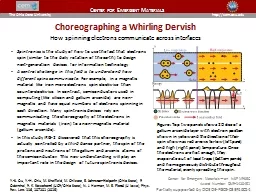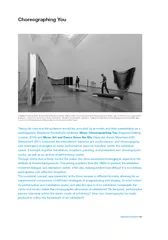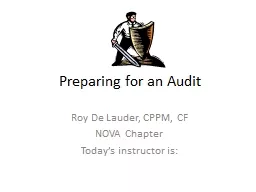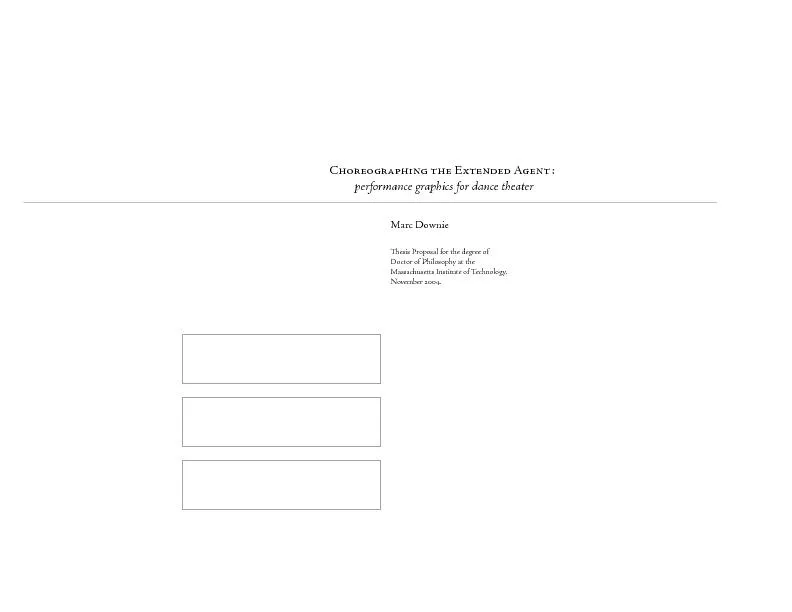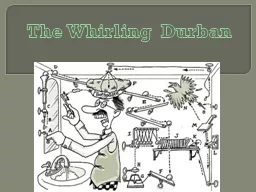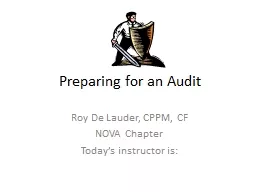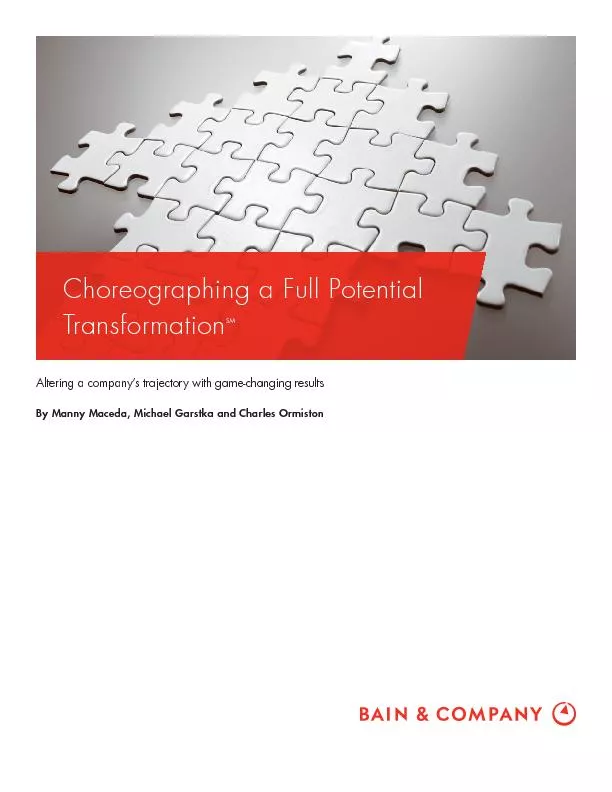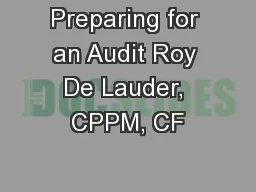PPT-Choreographing a Whirling Dervish
Author : tawny-fly | Published Date : 2017-07-24
Center for Emergent Materialsan NSF MRSEC Award Number DMR1420451 P artially supported by DOE DEFG0203ER46054 H ow spinning electrons communicate across interfaces
Presentation Embed Code
Download Presentation
Download Presentation The PPT/PDF document "Choreographing a Whirling Dervish" is the property of its rightful owner. Permission is granted to download and print the materials on this website for personal, non-commercial use only, and to display it on your personal computer provided you do not modify the materials and that you retain all copyright notices contained in the materials. By downloading content from our website, you accept the terms of this agreement.
Choreographing a Whirling Dervish: Transcript
Download Rules Of Document
"Choreographing a Whirling Dervish"The content belongs to its owner. You may download and print it for personal use, without modification, and keep all copyright notices. By downloading, you agree to these terms.
Related Documents

